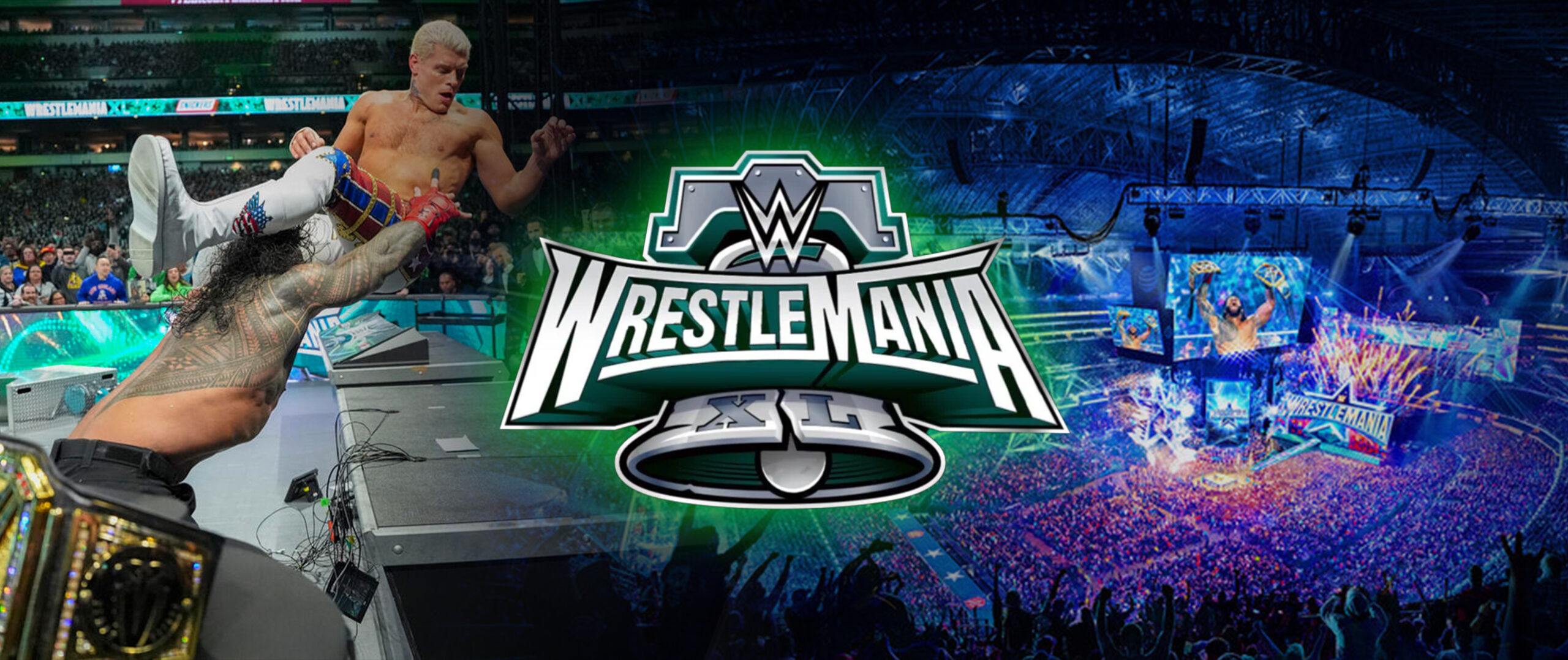Unmasking the Lifeblood That’s Keeping a Sports Entertainment Behemoth in the Fight
It’s Sunday evening, April 1, 2001. A 14-inch TV/VCR combo-set displays a still frame of a sports program — frozen in time — peeking through a sea of static ribbons. A “pause” icon blinks in the upper-righthand corner. Scattered about the preteen’s bedroom are various mementos and plastic idols that allege a keen devotion to gladiator-like heroes and villains.
The screen door screams open with a certain unrestrained force, and a 12-year-old Andy — with beads of sweat tracing the outline of his face — returns from a twilight trampoline session in the backyard. He slams a can of Sunkist, forward-flips onto his beanbag chair, and resumes the action stuck in limbo on his bedroom TV screen.
He is watching WrestleMania, and life is good.

Twenty-three years later…
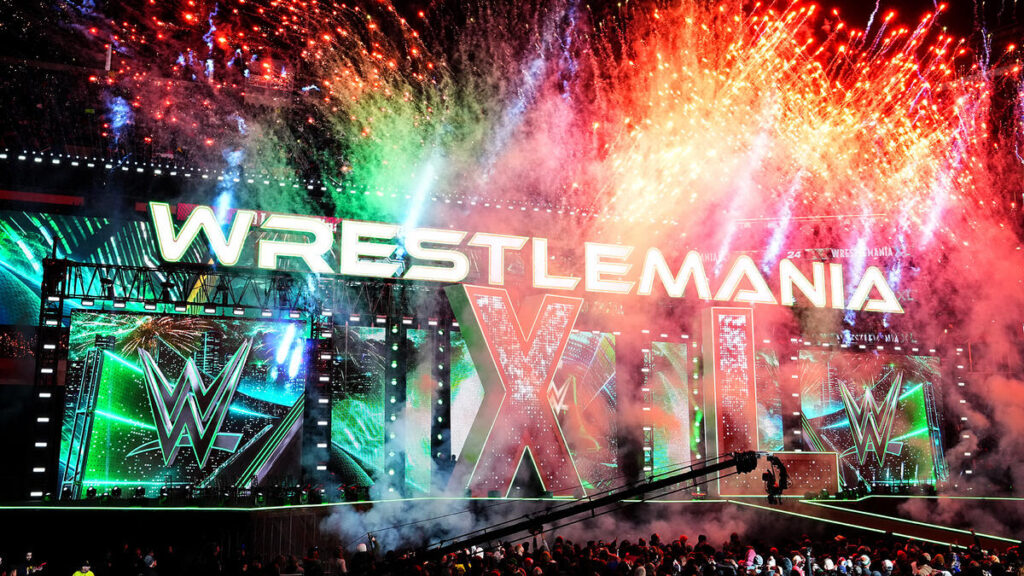
WrestleMania X-Seven, in 2001, would be the last match I’d watch until this year, when I sat down to watch the two-night WrestleMania XL (40) event. Ironically, all the negative press surrounding the former World Wrestling Entertainment (WWE) CEO Vince McMahon inadvertently brought me back to the entertainment that I used to love so much. While rumors of McMahon’s antics was an open secret among wrestling fans, the scope of his destruction came as a shock to me.
It was clear that if the WWE was going to make a comeback, the ouster of its “Teflon don” would be an optimal opportunity to reset. And that’s exactly what his successor and son-in-law Paul Levesque would do.
It’s no doubt that the WWE beacons itself as a leading example of storytelling mastery, character development, and audience engagement. But how have they sustained this success over the years? And how have they adapted to the commodification of the digital landscape?
The over-simplified answer is that although they’ve had several missteps since the tantalizing Attitude Era, they’ve ultimately grappled modern audiences through savvy marketing and outreach strategies. It was essential to their survival.
Even though smaller wrestling promotions have popped up recently, through this analysis, we’ll focus on the WWE as it’s the market leader. Ring the bell!
Wrestling and marketing: the perfect match
When you think of wrestling, with its larger-than-life characters and bombastic performances in the ring, strategic business acumen is probably not what would first come to mind. However, the way that professional wrestling markets and positions itself — mostly as a reality TV show with intermixed choreography — has been impressive to say the least.
The most compelling “product” that professional wrestling promotes is the continuous narrative that strings through the weekly television broadcasts and monthly Premium Live Events (PLEs). This is the core of what brings fans back to the remote control each week. At any point, the heroes and villains could switch sides, the fan-favorite could lose, or the administration could interfere with the storyline. Anything can happen.
Marketing, in essence, is storytelling, which enables companies to create better relationships with their customers through efforts that produce emotional responses, resulting in trust and devotion. Being in the professional ring in a corporation is no different from this. As marketers, we must strive to tell exciting brand stories and hook target stakeholders; just as wrestling enthusiasts look forward to their wrestlers’ next appearances.
Storytelling and character development in the WWE
WWE Superstars aren’t just athletes, they’re characters — an amalgam of physical performance and fictional persona with its own individual personality, drive, and origin story. And more recently, many of the company’s stories have focused on themes of good versus evil, overcoming adversity, and following one’s dreams.
The combination of these themes makes people from every walk of life feel a strong emotional bond to the Superstars. The WWE is also great at creating moments — moments that last a lifetime for the fans watching back home. It could be a high-flying power move or heartfelt promo — one of the most common is probably a heel (wrestling jargon for “villain”) turn you never see coming.
These narratives serve as a parallel to real-world soap operas, incorporating personal strife with exciting matches and shocking turns that reflect the character emotional evolution seen in the real world. Using the common language of human emotions and accessible hardships, WWE as a result creates something special with an entire group of people who then feel connected to their favorite Superstar’s wins or losses.
Even the way WWE builds its characters has always been fascinating. Each Superstar has their own look, catchphrase, and entrance music. It is these elements that make the wrestlers instantly identifiable and forge a strong bond with fans. These are marketing strategies at play: calculatedly productizing and branding their performers.
Communication with the public — from world events to social media
By 2015, the WWE leaned into social media to bring a sense of reality to the narrative. Wrestlers share their thoughts on storylines, updates on injuries, and rebuff administration decisions — all in character — helping to reinforce the connection with fans. The company, thereby, has a huge social following and uses these platforms to push out news, promotions, and behind-the-scenes content.
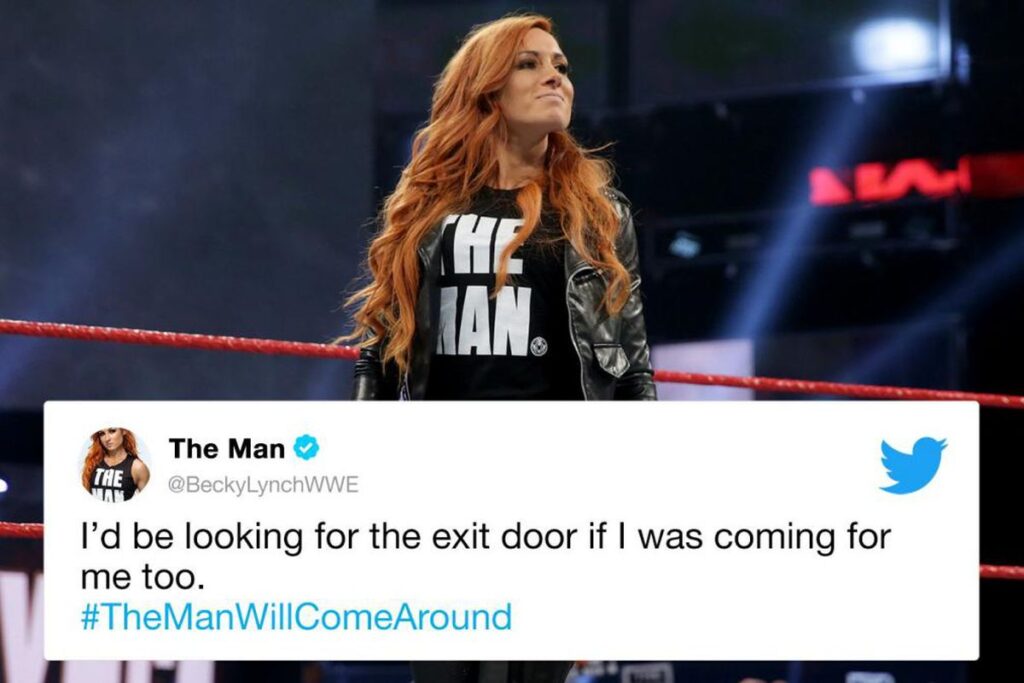
Having a social footprint that includes Facebook, Twitter, Instagram, and YouTube, the WWE offers fans free videos and sneak peeks of superstars and interactive experiences. This is a perfect demonstration of how social media can be employed to create community: a place where fans unite and discuss what’s on their mind while they generate buzz surrounding the announcement of new events or upcoming performative narratives.
Tag-teaming with strategic partnerships
One major change that I observed in my rebirth into wrestling fandom was how the atmosphere and aesthetic has leveled up. The grandiose set designs, digital signage, and ring-affixed promotional elements have all ratcheted up the excitement. The show is much more interesting and exciting to watch when the ring apron can act like a giant screen with video-like graphics that match a wrestler’s entrance creative. The entire arena comes to life.
However, while watching the latest WrestleMania, I couldn’t help but notice that there was a large logo sprawled across the canvas. The logo isn’t that of the WWE but rather “Prime” — a hydration drink company owned by social media influencers and content creators Logan Paul and KSI. Little did I know that one of the “Impaulsive” brothers had infiltrated the sanctity of wrestling. Not only that, but Logan Paul is actually a performing WWE Superstar and held the WWE United States Championship for most of the year!
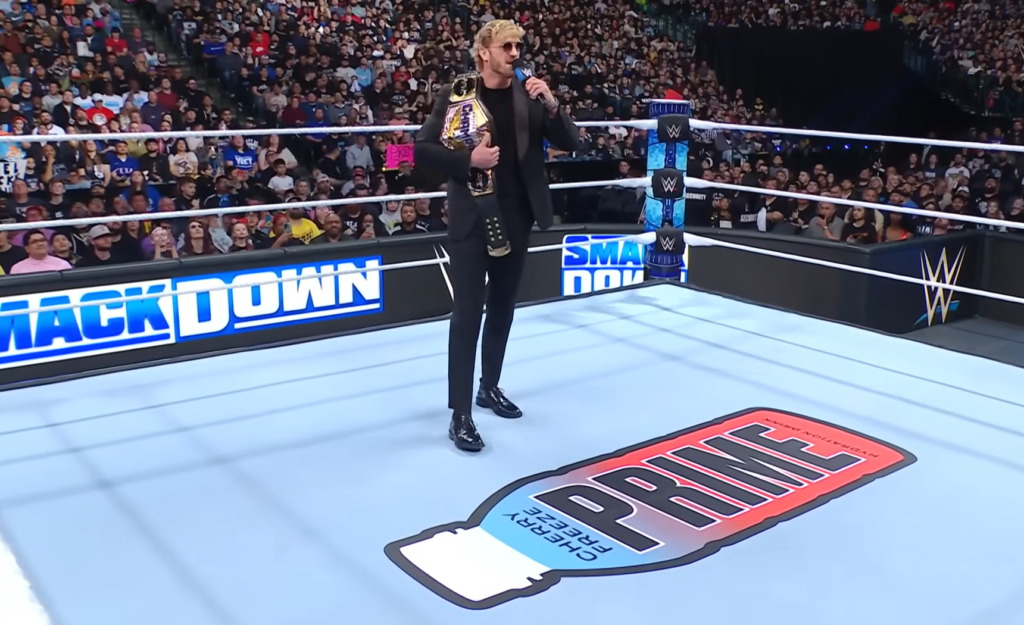
While my predispositions about Logan Paul were originally that of annoyance, I quickly saw how well he fit into the mold. He has a larger-than-life personality, and his in-ring prowess is pretty impressive. My view on him has changed, and he brings a much-needed energy to the sport.
Paul and KSI leveraged their popularity to strike a massive deal with the WWE for cross-promotions and product features; the reported eight-figure sponsorship allows the WWE to maintain relevance with the streamers’ colossal audiences and sets a precedent for financial solvency within the business. The partnership is mutually beneficial as WWE audiences are exposed to relevant products and vice-versa.
The infusion of the product placement has been creative…to say the least. At last year’s WrestleMania, KSI dressed up in a “Prime bottle costume” and was put through a table from a determined “frog splash” by Logan Paul himself. Chef’s kiss!
Hard-knock lessons from marketing the world of wrestling
Overall, the marketing strategies that the WWE has employed within the world of sports entertainment have been vital to its resurgence. They are just as good (if not better) at storytelling and character development as any TV series out there, and they do this by creating moxie-filled personas for WWE Superstars and storylines that compel viewers to care on an emotional level. They set the hook with the narrative and reel us in with the action.
WWE has also expanded its reach to garner fans’ interests around the world with deliberately currated marvels that are made to engage the worldwide audience. In the few months since WrestleMania, they’ve held PLEs in France, Scotland, and Saudi Arabia. Breaking into the global market — while also becoming more digitally fluid — has allowed the WWE to gain more viewers than ever before.
Companies could learn a move or two from the WWE by creating compelling brand stories and positioning their products and services strategically along their customer’s journey. Sparking an emotional response by creating a sense of conflict — and then resolving it — tests companies on their ability to instill emotions that drive customer loyalty.
WWE has taken to social media as a way of reaching its huge, global fan-base during a time of digital connectivity. WWE offers unique content, including exclusive video footage and behind-the-scenes coverage through relevant social media platforms, giving fans more to discover and engage with. Other companies can do the same by interacting with customers within internet communities, making them feel like they are part of the story and giving them one-to-one experiences.
Lastly, while a PLE event like WrestleMania generates major income via ticket sales, fans actually spend much more on event-branded merchandise and gear. Fans flock to purchase the t-shirts, caps, and other souvenirs branded with inscriptions and catchphrases. Hell, I even bought my very own WWE World Heavyweight Championship belt in the past week. Opportunities to generate income through merchandise sales and maximizing the range of products can lead to undiscovered revenue streams.
The WWE may have looked like it was “down for the count” twenty years ago, but through a concerted campaign of marketing tactics, user engagement, and strategic partnerships, they’ve kicked out of the pin, going on the become the coveted champion in sports entertainment that it is today.
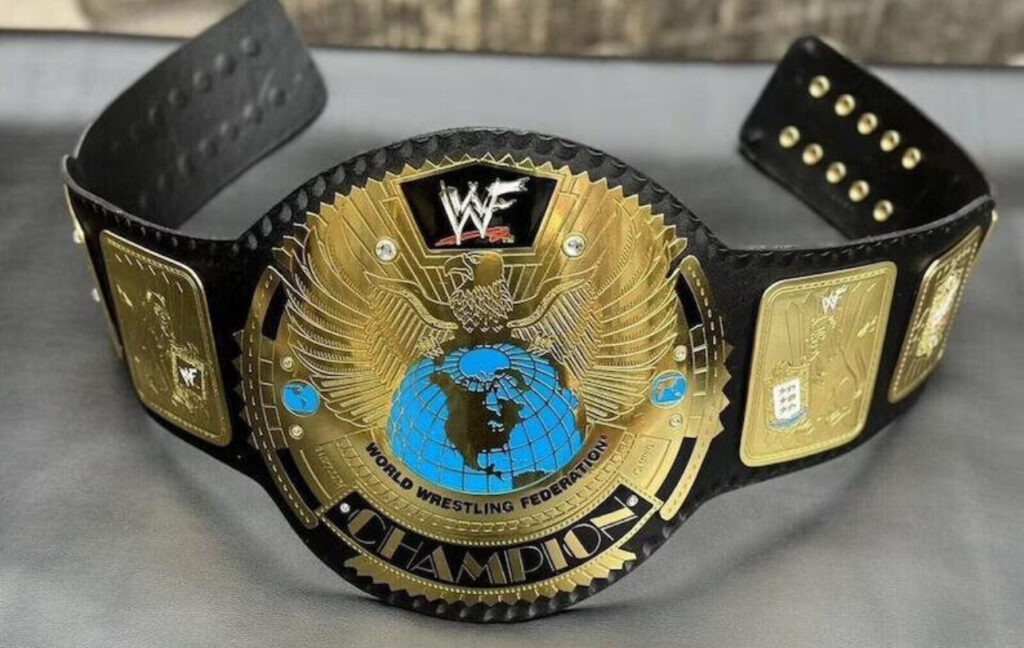
It’s Sunday evening, April 7, 2024. a 35-year-old Andy — with beads of sweat tracing the outline of his face — sits in awe of seeing The Undertaker chokeslam The Rock, making way for Cody Rhodes to win the title. He slams a can of Budweiser, gently leans back into his recliner, and watches the glory unfold, fully gripped in the ambience of the action.
He is watching WrestleMania, and life is good.
UPDATE:
The call of the WWE was just too much for me to resist. In early August, I took one of my friends to the Moody Center in Austin to see one of the WWE’s televised weekly shows: WWE Monday Night RAW!
We sat ringside and were heavily immersed in the action. The live theatrics and fanfare were over-the-top exciting — complete with blasts of pyrotechnics, Superstars wrestling in the concession concourse, and enthusiastic cheers and jeers from the crowd.
Seeing it up close and personal reinforced my assumptions that the WWE is indeed “back” and thriving.

